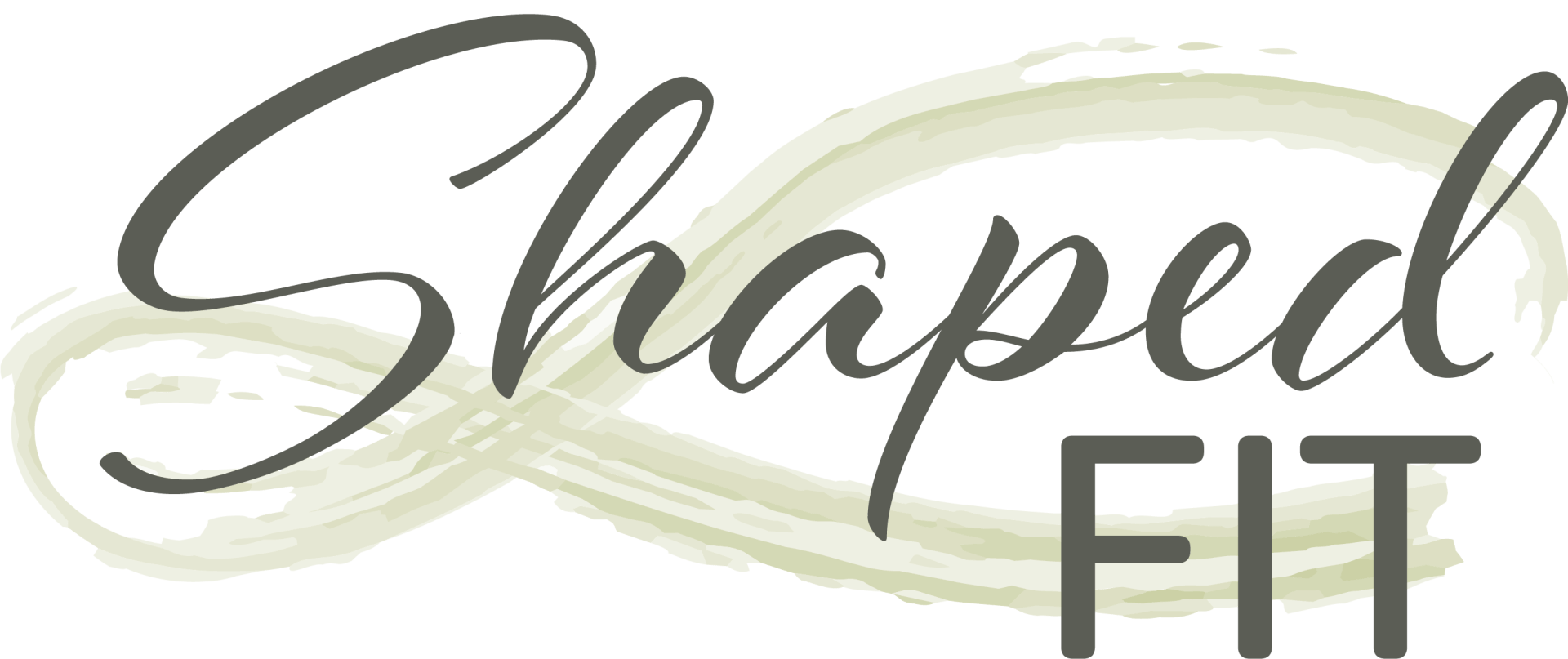"A LITTLE PROGRESS EACH DAY ADDS UP TO BIG RESULTS."
BLOG
Lifestyle
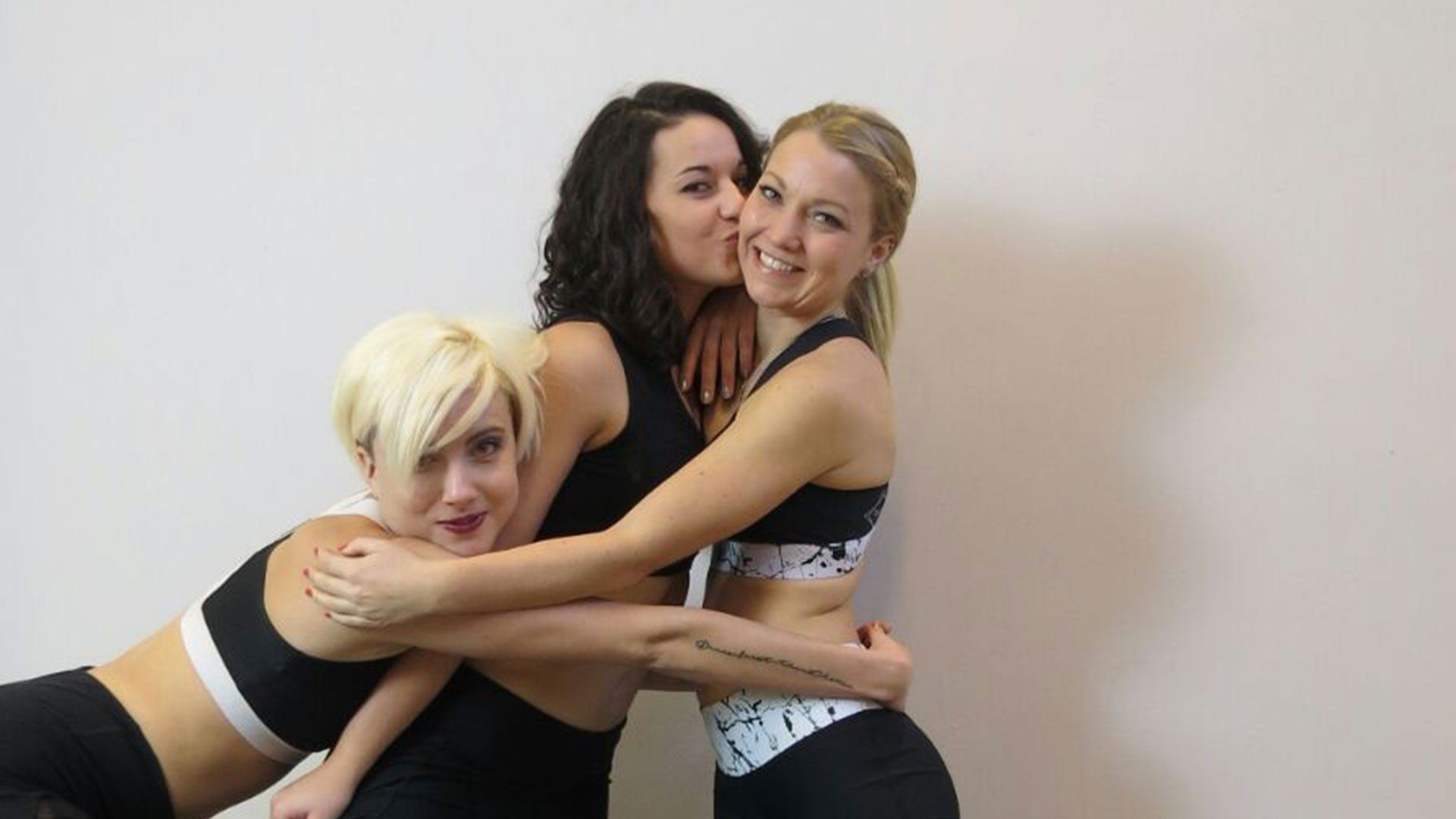
Motivation is what gets you started, habit is what keeps you going. Staying motivated and dedicated is one of the hardest things, while managing our busy lives, taking care of our families, making sure our job is done the best we can and taking a few minutes to ourselves. How Do I Stay Motivated You Are Asking Yourself? First of all, you have to let yourself be human and come to terms that it is okay to not feel like working out at times. We all have these days, including myself. Motivational prep talks might wear off after a while and we find many excuses to not workout again. "It rains", "I am tired and do not feel well", "I just had a fight with someone", "I had a stressful day at work" etc. The excuses we make for ourselves are even more of a reason to release some pressure and set endorphins free, don't you think? It is easy to be fooled by the idea that once you set your goals and you are technically ready to get started, that it will be an easy journey from here on out. Absolutely not! It will challenge you from time to time, you will have days where you don't feel like working out at all and other days where you enjoy every minute of it. The journey will be a rollercoaster. You ready for the ride? Here are some motivational strategies I personally find very helpful. 1) Goal Setting Goal setting is very important. If you don't know what your goal is, how do you expect to find out what it takes to get where you want to be and whether you have progressed towards that goal? (For more information about "goal setting" stay tuned and check out the post about it coming soon:) 2) Make Sure Your Workouts Are Part Of Your Schedule It is much easier to not do something that was never on your schedule in the first place. Set yourself a time and day, maybe even a place where you will do your workouts. Make it become a routine and habit to workout at the same time every day. Set an alarm if that helps you to stay on track and not forget about it. If this doesn't suit your lifestyle and you need more flexibility that's absolutely fine as long as you intentionally schedule some time in for your workouts. 3) Find A Workout Buddy Working out is so much more fun with a friend and workout buddy. I often workout by myself, but I have noticed, that I push myself way harder with someone by my side, feeling the burn and breaking a sweat with me even if we have completely different goals or workout programs. 4) Track Your Fitness Transformation Visually In my ShapedFit Guide you will find challenges and reminders to track your improvement from day one on. Shoot transformation pictures every week on the same day at the same time and in the same clothes to visualize your improvements. You can do this no matter whether you work out with my guide or not. It is a great way of tracking your progress rather than just relying on the scale. 5) Start And Hang In There :) Get over the initial "I don't feel like it" mindset. Get up and do it anyways. Once you started it is very unlikely that you will give up half way through a training session. You will workout until your session is done. I promise you, you will feel amazing afterwards no matter how long or intense your workout was. Simply by taking some time for yourself, you will start feeling more balanced, energized and overall healthy. You won't ever say „I regretted that workout today“ Especially not after a rough day at work or at home. It will release endorphins that will make you feel better regardless of the mood you were in when you started. 6) Find Something That You Enjoy Doing This one is very important. Let it sink in for a moment. Do something that YOU personally enjoy!!! Don’t go running if you dislike it. Go for a bike ride or swim instead. How about a group fitness class, kickboxing, Crossfit or a dance class? Stay flexible and try it all out until you find the right workout for YOU. Combine your workout with things you like to do and you will see it won't seem like such a punishment anymore, but a reward and most importantly, you time. 7) Wear Comfy Workout Clothes In Which You Feel Great In Seems kind of odd, but it helps. Do you know the saying: "Clothes make people". This is true for fitness as well. Your workout clothes have a high impact on the way you feel towards fitness and the exercises and how motivated you stay. Stock up your wardrobe if you can, free from distracting buttons, zippers, and other things that will have you fidgeting during your workout rather than staying focused on the exercise. Let's go and crush the next workout guys. On that note, as always "Fit is not a destination, it is a way of life"
Fitness
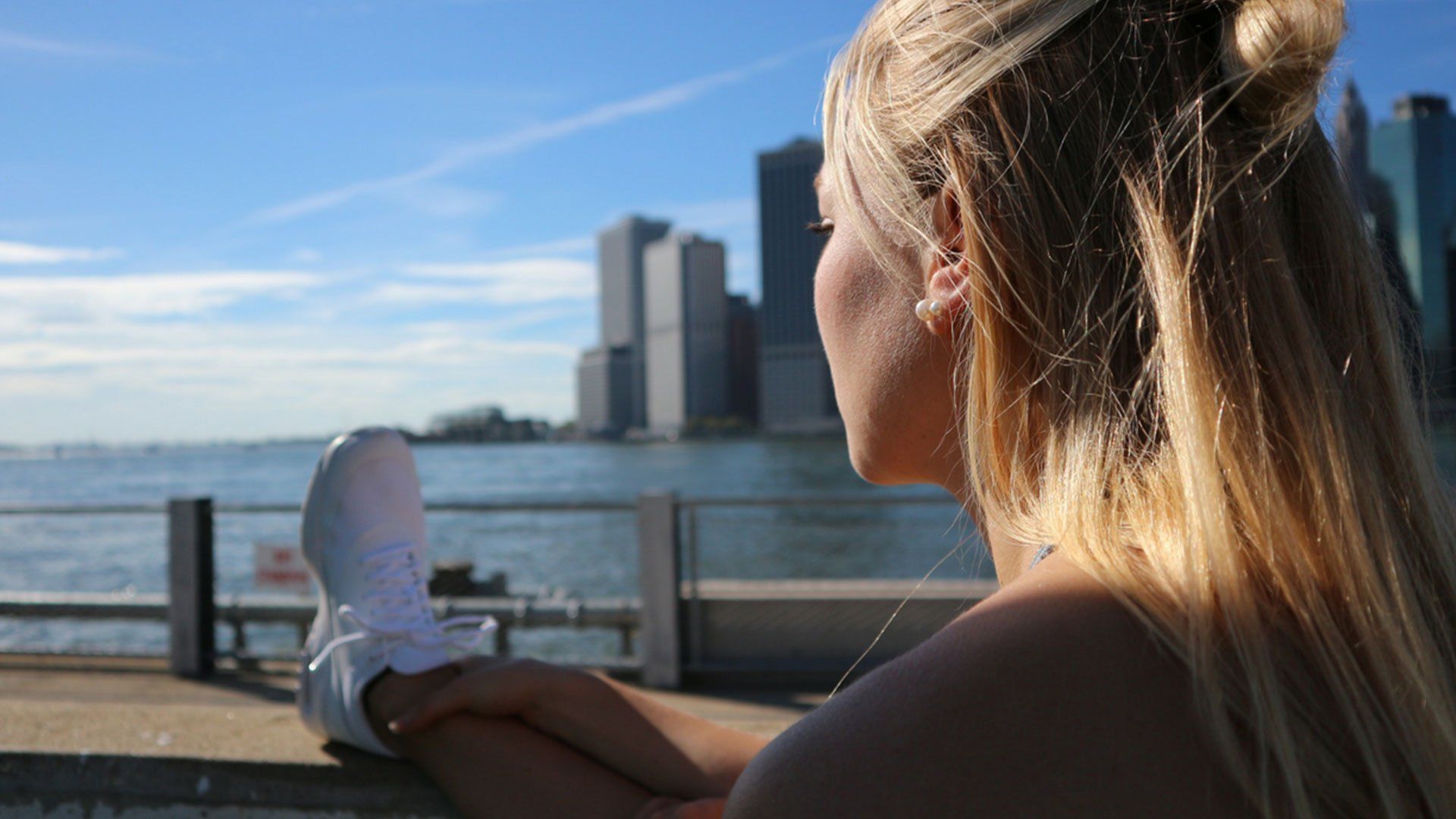
As a beginner, I recommend doing a 30 minute cardiovascular workout two to three times a week, and about 30 minutes of a strength training two to three times a week. No matter what type of workout you are doing, be sure to start slow and then gradually increase the intensity and time of your workout. Always listen to your body and don’t exhaust. It is vital to find time to rest. With our very busy lifestyle nowadays, we tend to overwork our body and we often forget that we also need to rest just as much as we need to be physically active. When we rest, we give our body the opportunity it needs to renew, repair and recover from all the hard work done during the day. Preferably, we should be able to obtain eight hours of restful sleep each night. Inadequate rest and constant sleep deprivation could result to stress and lethargy and increases the risk of injuries Cardio For low intensity cardio training you can pretty much do anything that you enjoy doing for minimum 30-40 minutes and that keeps your heart rate going. For example you could go for runs, go swimming or on a bike ride. You can take dance classes or aerobic classes instead. For a high intensity cardio training you can incorporate exercises such as sprints, jumping jacks, mountain climbers and high knees to your training. Resistance Training Many fitness enthusiasts swear by planks, squats, crunches and weights. All these and many more similar exercises fall into the category of resistance training. Here are a few body weight exercises you should give a try. Make sure to read through the step by step instructions to keep the proper form and alignment for best results and in oder to prevent injury Bycicle Crunches: Lay down on your back with your feet extended out in front of you. Place your hands behind your ears with your elbows reaching to the side. Bend your knees and lift off your legs so your hips and knees are at a 90-degree angle towards each other and your lower legs are parallel to the floor. This is a tabletop position. Gently lift off your head, shoulder blades and torso, as you engage your abdominals. This is your starting position. From here extend your right leg at a 45-degree angle from the floor, while bringing your left knee into your chest at the same time. Extend your left leg and bring your right one into your chest. Repeat the movement. Once you have the leg movement established, add your torso. As you bring your left knee into your chest, simultaneously rotate your torso towards your left side bringing your right shoulder in the direction of your knee. Keep your elbows pointed to the sides. Immediately extend your left knee while bending your right one. Simultaneously rotate your torso over to the right side bringing your left shoulder in the direction of your knee. Keep your elbows pointed to the sides. Repeat step 4-6. Push Ups Place both hands on the floor slightly further than shoulder-width apart and your feet hip-width apart behind you resting on the balls of your feet. Ensure that your shoulders are placed right above your wrists and your back remains straight. This is a high plank position. With your abdominals engaged and your back straight lower yourself gently towards the floor bending your elbows until they are at a 90- degree angle. Keep your fingers spread and your elbows slightly facing outwards. Push through your chest and extend your arms until you are back in a high plank position. Repeat step 2+3. VARIATION: Perform push ups with your knees on the floor. Bent Leg Raises Start by laying down on your back with your legs extended out in front of you and your arms resting next to your torso. Engage your abdominals by drawing your belly button to your spine. As you lift off your legs at the same time, bend your knees and your hips, bringing your knees into your chest. Extend your legs until they hover right above the floor before bringing them back into your chest. Keep your abdominals contracted throughout the exercise to prevent your back from arching. Repeat step 2+3. VARIATION: single leg raises, straight leg raises Squat Plant both feet on the floor slightly wider than shoulder-width apart. Keep your back straight and in a 45-90 degree angle of your hips as you bend your knees until your upper legs are parallel to the floor. Ensure that your knees stay behind your toes at all times. This is called a squat position. Squeeze your glute muscles together as you straighten your legs and lift your torso to come back into a standing position. Repeat step 2+3. VARIATION: Jump Squat Stationary Lunges Stand nice and tall with your feet shoulder-width apart on the floor. Shift your weight onto your left leg and take a big step forward with your right. Plant your right foot firmly on the floor and lift off your right heel. Bend both knees at approximately 90-degrees with your weight evenly distributed between both legs. This is a lunge position. Tip: Your front knee should be right above your ankle and your back knee hovering right above the floor. If this is not the case and your knee is pushed in front of your ankle, take a bigger step. Push through your feet and straighten both knees before bending them for the next repetition. Repeat step 1-4 Repeat step 1-4 on the left side. VARIATION: Walking Lunges, Front Lunges, Reverse Lunge, Jump Lunges Conclusion Let’s be real... By now you are aware of that there is no recipe for killer abs and a nice booty. We have to work hard to get it and be patient with ourselves as well as listen to our body when it tells us to rest. With the right doze of motivation, dedication and consistency you can do it. You can reach YOUR dream body and become fitter, stronger and healthier as well as more confident and comfortable over all. To be fit is not a destination, it is a way of living and requires a major mental and lifestyle change in general. With that being said, the only way to lose the right amount of weight is by adopting a diet that supports your goal as well as performing resistance and cardio training. Be creative with your workouts so they don’t become boring. You can use a gallon of milk or water bottles instead of dumbbells, pack some books in your backpack and add it when you do lunges or squats, use a chair or staircase for an incline or decline... There are so many things you can do without even leaving your house or spending an extra penny. However, I do recommend a pair of dumbbells though and a resistance band. Can be purchased at Amazon for a few bucks and it is super convenient and easy to take on vacation or any type of travel as well. I believe in you and there is no reason why you shouldn’t. You got this!
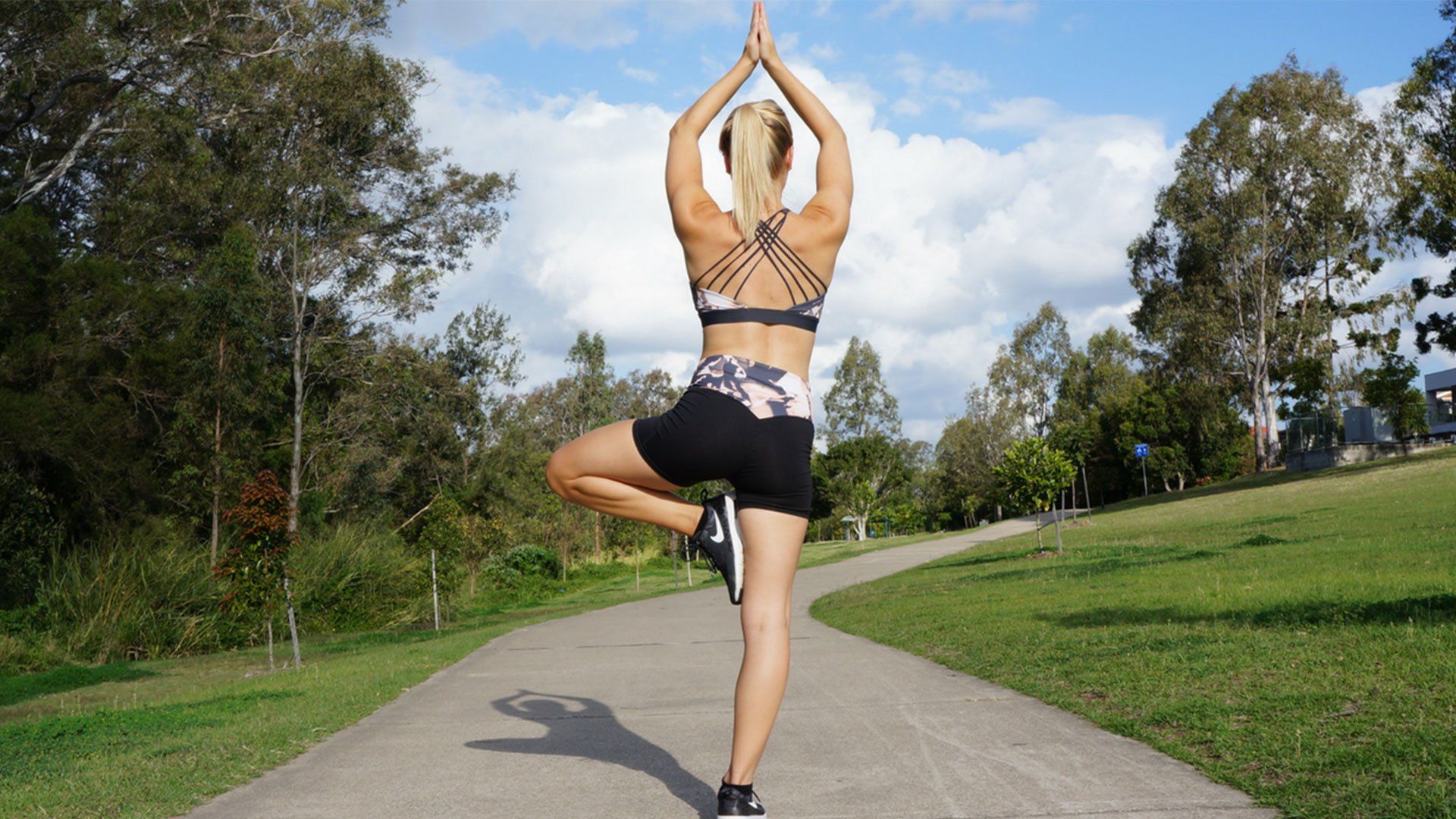
It's easy to fall into the trap of fitness myths as they get passed along from friends, family members or third parties. You figure it must be true because everyone says so, but is it really? A lot of fitness myths are the reason that your are not gaining your personal workout goals. Some myths are technically just harmless. However others can actually be harmful and increase the risk of injuries. Furthermore they can cause frustration and potentially make you give up on your goal all together. The problem that people don’t take under consideration is that we all adapt to workouts individually. What works for one person doesn’t necessarily work for you or me. In this sense, you have to find your own truth. Continue reading to find out whether they are true or not !?
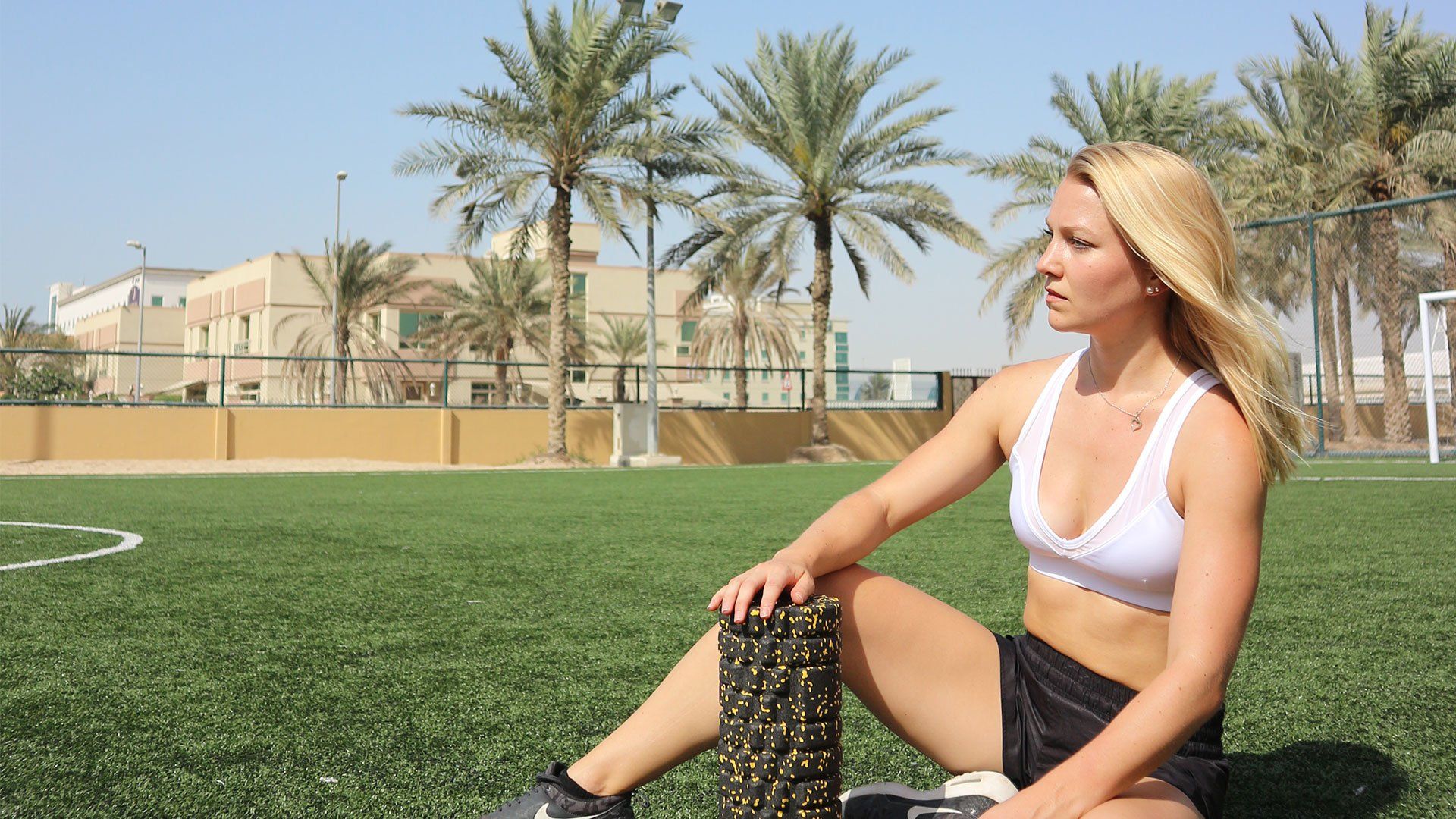
After that hard workout or run, most people would love to get a chance to receive a massage, to give relief to the sore muscles, correct? I am right here with you. However, for most of us, this isn’t likely available or affordable as often as we want. So what can you do instead to help your muscles recover and heal? Investing in a foam roller is the best choice! How do foam rollers work? A foam roller is an affordable alternative to a professional massage. It is a form of myofascial release that you can do on your own body. It works by massaging or releasing muscle and fascial tightness. The roller applies pressure, which helps loosen up sore muscles or tight joints. Rolling can be done before or after training, whatever is the most ideal in your fitness plan How to use a foam roller? To use a foam roller, slowly run the roller down stiff muscles (such as your calves, hamstrings, quads, Iliotibial (IT) bands and middle back), using your bodyweight to apply as much pressure as feels comfortable. Slow and steady is the key. Start by rolling along the length of the muscle, then you can follow up with small rolls over any spots that are tender. Take long breaths as you roll, as this helps to increase the flow of blood (and oxygen) to your muscles. The mixture of smooth and bumpy textures is designed to mimic the actions of a massage therapist, which can help to reduce muscle tension. Why Foam Roll Whether you work foam rolling in before a run, or you are to hold off until a workout is completed, it is said to help with flexibility and range of motion, as well as with your body’s overall recovery. Foam Rolling reduces soreness, prevents injuries, and improves flexibility. This affordable massage is just what every athlete, whether beginning or veteran, needs in their training plan. Tips for Foam Rolling When you are foam rolling, you can decide how much pressure you want to use. This will allow you to be comfortable with your exercises, and you can adjust throughout the process. You also want to make sure that you are always breathing throughout rolling. Sometimes we tend to hold our breath without realizing it, so make sure you remember to take big inhales and exhales while stretching or foam rolling. After training, people do not always feel an instant sense of soreness, and therefore, tend to hold off on foam rolling until a day or so after a workout. However, try your best to work in a foam rolling session after training as some times you do not feel sore until the next day. It is always best to start your foam rolling before you might become sore to prevent it. What are the benefits of foam rolling? Foam rolling can help reduce pain and muscle soreness. Massaging the muscles increases blood flow and oxygen to the tissue, helping the natural healing process. It promotes flexibility. Foam rolling, together with stretching and rehabilitation, can help lengthen your muscles. It helps to manage stress related muscle tightness. Stress-related tight spots can lead to discomfort, which can impact on your sleep. Once the tension is reduced, you might find yourself sleeping a whole lot better! It increases your range of motion as it stretches and lengthens muscles. It decreases the risk of common injuries. Tight muscles can be more prone to injury, so self-release of muscles and fascia can help loosen everything up and increase your overall performance. Foam rolling is known to reduce cellulite, as the increased blood flow can help your body’s natural detoxification processes. Foam Rolling Mistake One mistake that people make when foam rolling, is to continue rolling even if it hurts. You do not want to do this because it will prevent your body from wanting to ‘roll.’ You want to work through your soreness and make yourself slightly uncomfortable, but you do not want to bring pain upon yourself. Breathe through your movements and be able to relax. You also want to make sure you do not get discouraged by foam rolling. Often times in the beginning, foam rolling can feel like another workout, especially if your muscles are tight. Stick with it and make sure you get through it as it will get better with time. What type of Foam Roller Should I get? There are different types of foam rollers on the market. The construction of these foam rollers determines the cost, how long they will last (durability), and how comfortable they are. An under twenty dollar high-density round foam roller is your standard foam roller that will help with rehabbing your body, preventing injuries, and can be used for warming up before a run or for muscle soreness after your run. The only problem with a basic foam roller like this is that it may break down faster after some use. Another type of foam roller is a high-density foam roller that lasts at least four years, and has a bit firmer of a surface. Some people might like the surface being more firm, but if you don’t, it could become uncomfortable. Lastly, the most expensive foam roller of the three is one with dense foam wrapped around a plastic pipe. This means that it is firm and durable, but it will also give you a more intense foam rolling experience. 5 Exercises you MUST try All you need is a foam roller as you can do these exercises anywhere – outside, at a gym, in your living room watching TV! The five areas to focus on when rolling are hamstrings, calves, quadriceps, glutes, and upper back. Hamstring - begin by placing both legs on top of the roller just under your knees. Pressing your hands into the ground, raise your hips and slowly begin to roll from below the knee to the ankle. If you find a spot that is a bit sore, stop and hold for 15 seconds. Calves - Put the roller under your calf and rest your other foot on the floor. Roll from the ankle to below the knee. Slowly rotate your leg in and out. Stack your ankles if you want to add more pressure. Repeat for 25 seconds and then switch legs. Quadriceps – start as if you were going into a plank position. Begin by placing the roller just above your kneecap. Slowly roll towards the hip and then back down. Repeat for 25 seconds and then switch legs. Glutes – place the foam roller under your glutes, you will want to roll yourself from your glutes, down to your knees and back up. Repeat for 25 seconds. If you want, you can lean to one side so you can roll the sides of your glutes as well. Upper Back – lay back on the foam roller for it to be jus below your shoulder blades. Place your hands behind your head as if you were doing a sit-up, lift your hips up and roll to the middle of your back and reverse. Repeat for 25 seconds. A few last tips Remember that foam rolling can be a little bit uncomfortable to begin with, especially when you roll over muscles that feel tight. Go lightlyif you find an area particularly painful; placing too much direct pressure on an area of inflammation may make things worse. Instead, decrease the pressure slightly, or work on the surrounding tissue instead. I found foam rolling a fantastic addition to my rehabilitation and recovery sessions. They can also be used to support some movements during yoga or pilates, so they are a fantastic addition to any home gym!
